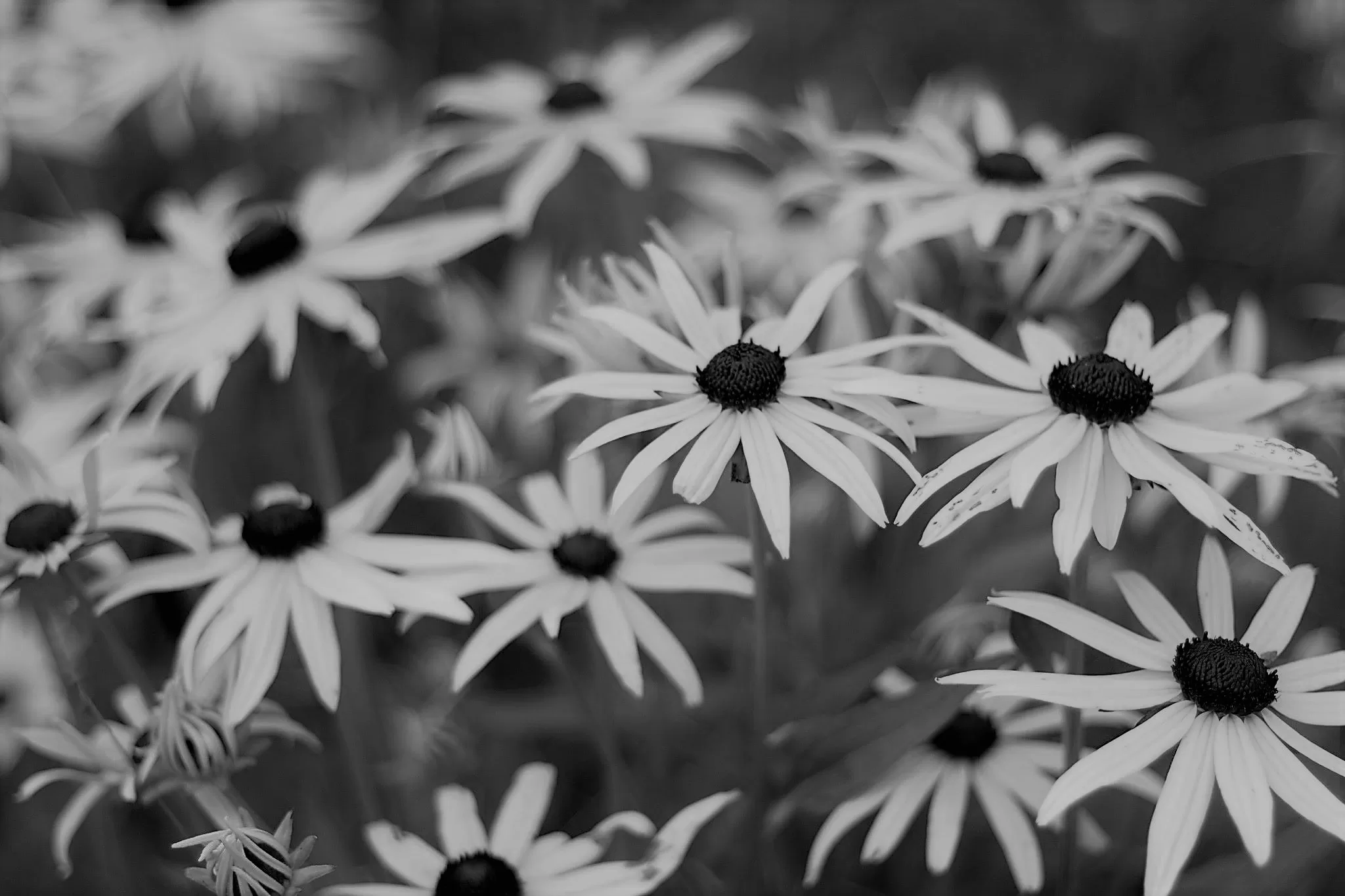The July afternoon suspends thick, golden haze drifting from the wildfires out west. I heft a 50-pound bag of cattle mineral from the tailgate of my Dodge Dakota to the front rack of a Kawasaki Prairie four-wheeler. Then, I step swiftly onto the footrest and straddle the seat, driving straight from the barnyard to the pasture known as Hillside Field on my family’s Indiana farm. I putter along the ridge through lush stands of Queen Anne’s lace, thistle, daisy fleabane,...

